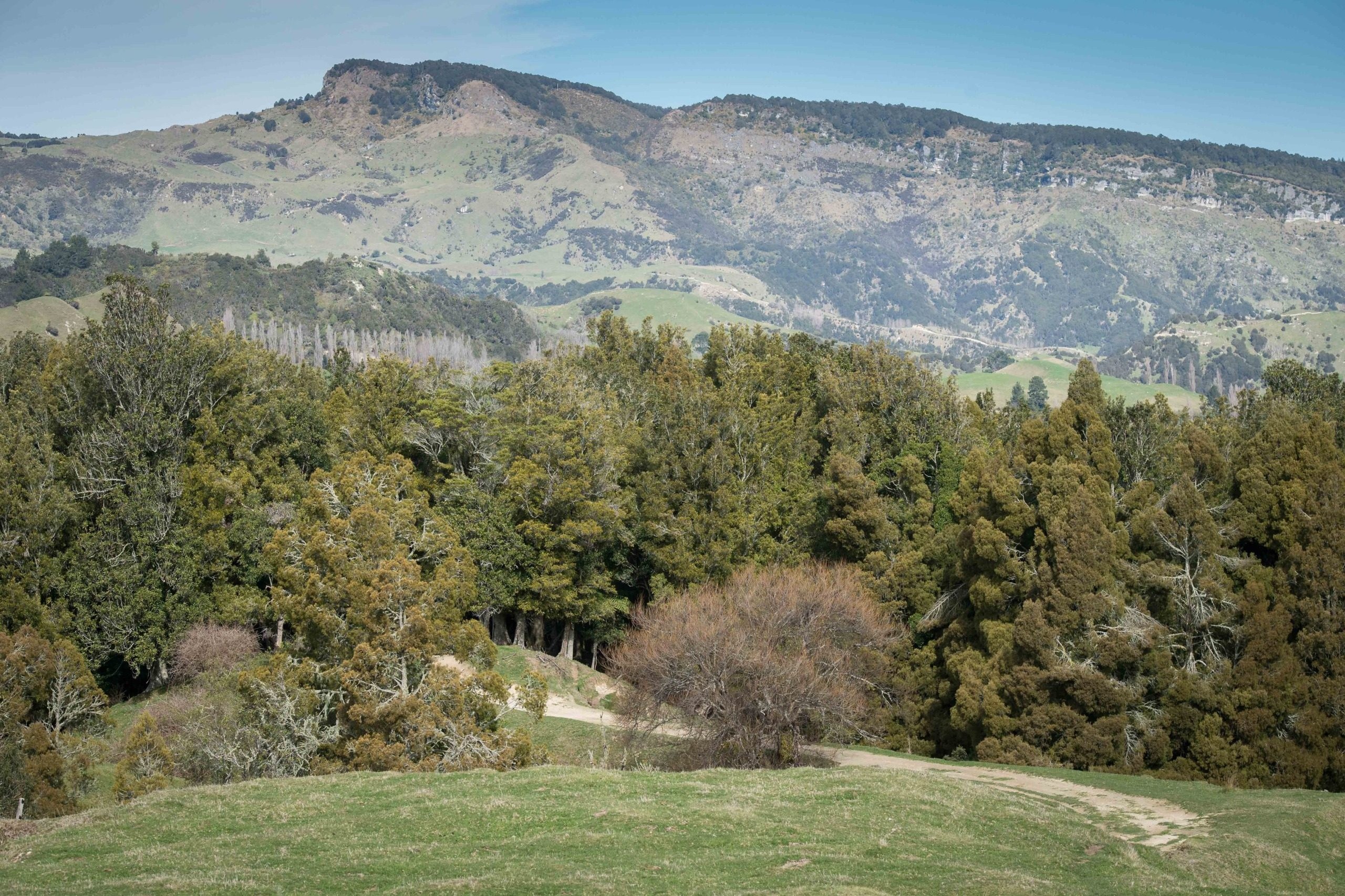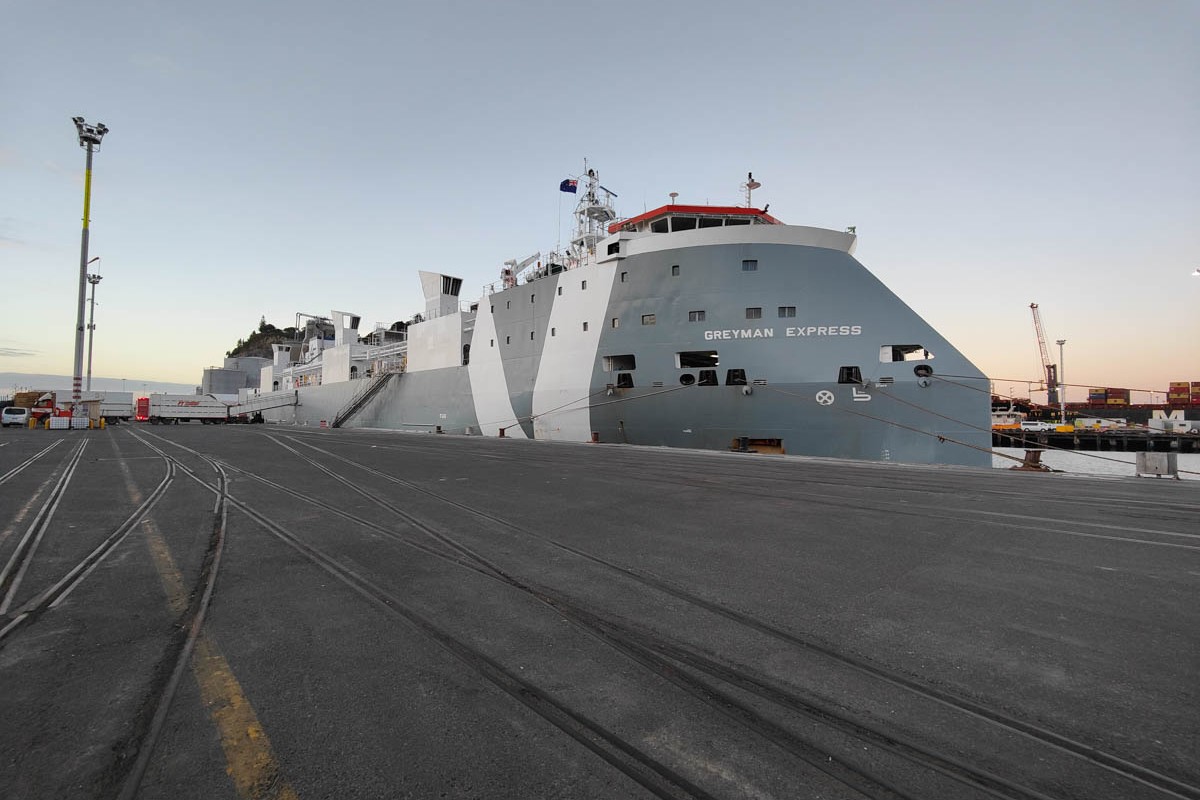He Waka could be a stop-gap
In the first of a series Country-Wide investigates the Primary Sector Climate Action Partnership’s (He Waka Eke Noa) proposed greenhouse gas emissions pricing options. Terry Brosnahan reports.

In the first of a series Country-Wide investigates the Primary Sector Climate Action Partnership’s (He Waka Eke Noa) proposed greenhouse gas emissions pricing options. Terry Brosnahan reports.
Farmers have been sent proposals for greenhouse gas emissions pricing mechanisms but there is criticism that both options are unacceptable and more work is needed.
After two and-a-half years and out of 140 options, two have been sent to farmers in a draft proposal, a processor and a farmer levy (see page 22 for more detail).
The farm levy is more costly to set up and administer but the annual costs are lower.
The processor levy has a lesser cost but is a blunt instrument. Both options have gone out for discussion and an acceptable option has to be put to the Government by April or agriculture goes into the emissions trading scheme (ETS).
Federated Farmers President Andrew Hoggard says neither of the two levy options seem viable long term.
“What we are trying to do is get a feeling across the industry of what farmers think will practically and fairly work for them.”
There are positives and negatives and he wants to hear if farmers are happy for one to be a short-term measure.
“Neither of these fit the bill but maybe use one as a stop gap.”
That would give time to create the systems to be put in place.
The wording would have to be clear that it was only for a set number of years.
Hoggard says Federated Farmers put the proposal to the He Waka group before Christmas but hadn’t heard back.
Leading North Otago farmer and farming advocate Jane Smith congratulated the levy groups for the split gas approach and for pulling He Waka together.
Smith didn’t want He Waka to fail but its options needed to be “panel beaten” into something more palatable. They should not have narrowed it to two options which were administration heavy.
“There should have been more options to choose from.”
She says He Waka is a sideshow. The big picture is the reduction targets which sit above the options.
Smith and others were angry levy group leaders did not fight the reduction targets.
Instead they went down a rabbit hole with He Waka.
“No matter how good the pricing options we come up with we have to meet targets which are undoable in farming.”
Is ETS an option?
Farmers have the sword of Damocles hanging over them with the ETS. If they don’t come up with an option they will be forced into the ETS.
Some farmers and industry people spoken to on and off the record believe the ETS would be the better option if He Waka doesn’t change. Farmers shouldn’t accept such a fundamentally wrong scheme and take the short term pain of the ETS.
Hoggard says there are a whole range of political risks with the ETS. National had a track record of getting into power and continuing with Labour’s legislation.
In an advisory note to members before Christmas, Hoggard said any new Government was unlikely to overturn a “less bad” He Waka option, especially if the ag industry had all agreed to it.
There has been surprise and disappointment that only two options were offered to farmers. That there wasn’t enough transparency in the process. Farmers should have been more informed and had input before the draft went out.
Beef + Lamb New Zealand chief executive Sam McIvor says the process is complex.
The two options were not made public earlier because they didn’t want to go out to farmers with “half-baked” options.
There had been meetings with the farmer council and Maori farmers for early feedback on the draft, he says.
Hoggard says in hindsight the process should have been more transparent with key milestones discussed with farmers. However, there was a risk if it was too transparent people weren’t as honest and played to a crowd.
The steering group members were not allowed to talk publicly about it.
Critics say the ETS won’t last because it is unsustainable and not reducing emissions.
Ag environmental consultant and farmer Steven Cranston agrees.
Cranston says there is no way the ETS is going to last, especially past the next election. It is a straight levy allowing emitters to emit and pay. It won’t reduce emissions.
The He Waka options have not been priced fully yet.
“But if Government wants a 10% reduction, the pricing will go up dramatically.”
He says the ETS is about the same cost to farmers as the He Waka proposals, but would effectively allow farmers to continue business as usual. The ETS levy would be applied across all production so would not incentivise farmers to reduce output.
“Inversely farmers may increase production to help offset this new cost.”
A short stint in the ETS while farmers wait for a new government which understands farm emissions may be preferable to being locked into a bad pricing mechanism.
Professor Jacequeline Rowarth says the cost of the ETS would damage farming if the sector does not agree to a He Waka option.
In an opinion piece in Rural News she said agriculture was already in the ETS but had a 100% free allocation until 2025. Then 95% reducing 1% a year until 2030. By 2050 it would be entirely included.
He Waka’s split gas approach and a 10% reduction by 2030 gave time for more research and progress reassessments by the Climate Change Commission, she said.
Smith says according to Professor David Frame, NZ’s Climate Change expert, the 10% reduction by 2030 is unachievable but is by 2050. The environment doesn’t care if it is 10 years or 30 years.
“So why go broke doing it?”
Smith says the public would see a one percent reduction as bugger all but it was huge.
DairyNZ accepted the 10% reduction in emissions by 2030 when others like Beef & Lamb publicly supported the reduction by 2050.
Smith says it is convenient for the dairy industry to have emissions paid for across the whole ag industry. She had seen figures with a tax of $180-$200/cow versus $1500-$1800 if dairy was separate.
“No wonder they want to be in with the sheep and beef industry.”
Call to use GWP*
There is a call for the GWP* to be used to set the targets which is a more accurate measurement of methane than GWP100.
The GWP* showed NZ farming was having a cooling effect and it should be in the analysis.
Hoggard says the GWP* is to do with the targets and outside He Waka.
GWP* for methane made sense at a national level but there would be problems with grandparenting at a farmer level. An inefficient farmer massively overstocked would look good for reducing methane by 0.3% but an efficient farmer with the ideal stocking rate would find it harder to reduce.
“We all know about the issue of grandparenting when it comes to nutrient allocation with water quality.”
Rowarth says the GWP* isn’t ready for farm-scale reporting and more research is needed.
McIvor says it is not the right place to push GWP*.
“He Waka isn’t the appropriate mechanism for doing that.”
The Government set down in legislation agriculture would join the ETS and would pay on emissions. Within the legislation is a target set for 10%.
“We cannot change the legislation.”
On the first page of a He Waka document, ‘Primary Sector Climate Change Commitment’, it states:
“The primary sector will work with MPI to develop an agreed methodology and systems for calculating net onfarm emissions. This includes approaches to using models, definitions of farm boundaries, and quantification of onfarm sequestration, and processes for recognising new mitigations in calculations.”
Cranston says levy group leaders were wrong to say the discussion should be just on the pricing mechanism and not linked to reduction targets. The price farmers pay for emissions and targets are directly linked.
Cranston says this is the time to include the likes of the GWP*. Even the agriculture minister Damien O’Connor said it was the place.
He had asked the minister why didn’t he look at GWP*.
“His response was that we are waiting on advice from He Waka Eke Noa.”
Concern over consultation
There is concern there will be no farmer vote and the consultation in February will be the last chance for them to influence the process. That feedback from farmers may not be accurately reflected in the final option presented to the Government.
Hoggard says there was no farmer vote for feds members and was not aware of other levy organisations holding one. Feds would survey members and act on their behalf. He Waka also had a form people could fill in online.
“So farmers want to make it clear in the consultation.”
Under He Waka farmers won’t get full credit for carbon sequestered by bush planted pre-2008. They will only get additional credits if the bush is fenced and maintained.
Cranston says it would have been a better option to give all farms with bush credits and reduce them if they are not looked after.
McIvor says that might be another option which comes back through farmer feedback.
“What we are trying to do is get a feeling across the industry of what farmers think will practically and fairly work for them.”
A lot of work has been done on exotic sequestration, not natives, but the science will continue.
The industry, the Government and others would continue to invest in science to better understand sequestration and emissions.
So as the science continues to develop farmers would be able to get more accurate recognition of the emissions and sequestration happening on their farms.
Eyebrows were raised over the special treatment for Maori in He Waka. Maori will have ‘oversight of the implementation programme, including decisions on revenue distribution and monitoring’.
McIvor says He Waka was a partnership between the sector, Government and Maori. If Maori were not in the partnership ag would be in the ETS.




